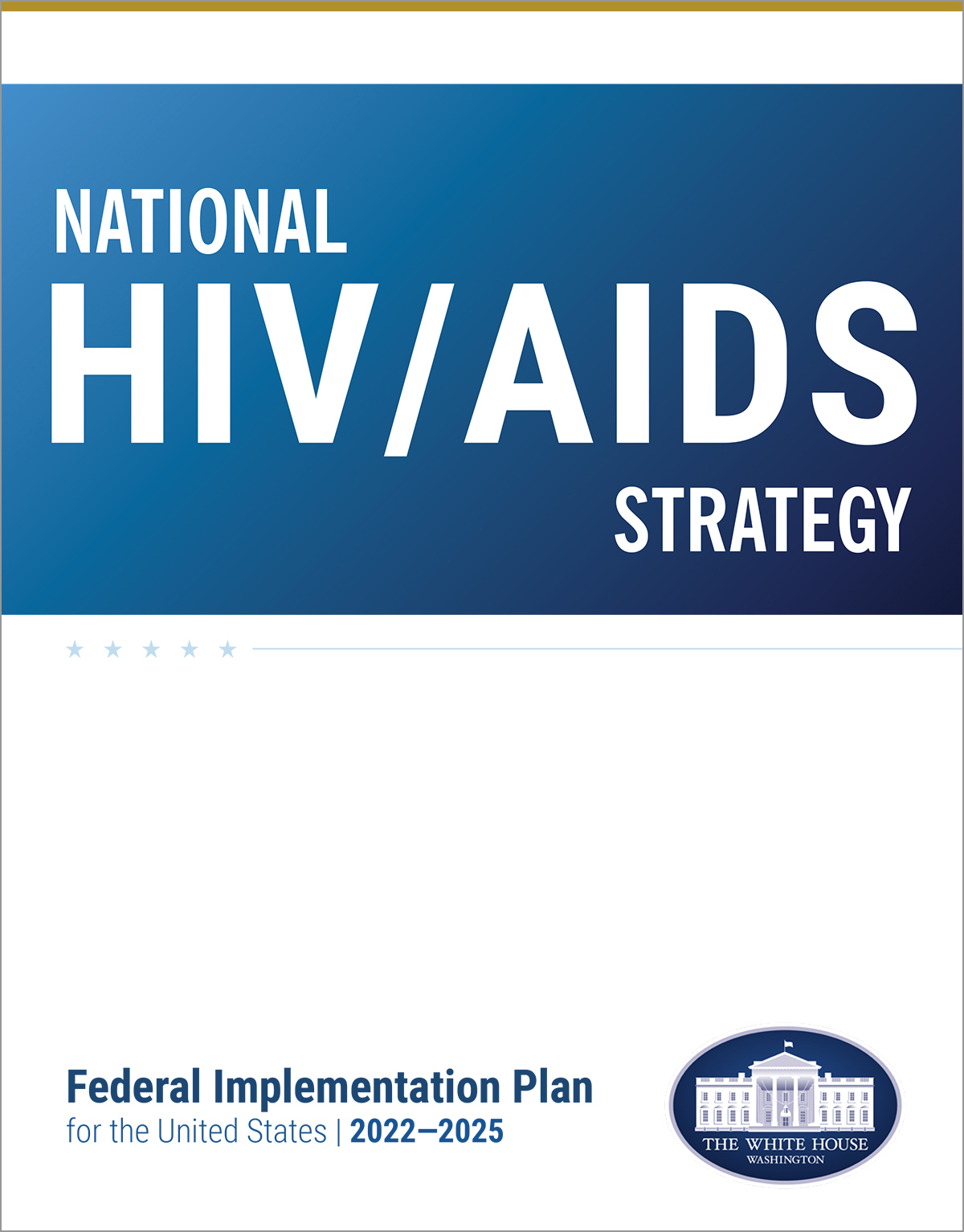Case Studies
Office of Infectious Disease and HIV/AIDS Policy Federal Strategic and Implementation Plans
Client
Office of the Assistant Secretary for Health (OASH) Office of Infectious Disease and HIV/AIDS Policy (OIDP)
Challenge
Although the COVID-19 pandemic has been at the center of national disease prevention efforts in recent years, continued work to address other, ongoing epidemics remains critical. OIDP develops, coordinates, and implements national strategies to prevent a range of infectious diseases. The elimination of HIV and viral hepatitis in the United States is within reach, but realizing this vision requires intensive collaboration between federal agencies and a broad array of stakeholders. Meanwhile, continued focus is needed to address rising rates of sexually transmitted infections (STIs) and manage immunization programs across the country. Each of these challenges requires detailed and focused plans to make meaningful progress.
How RLA Moved Science Forward
RLA worked with OIDP to coordinate the development of strategic plans focused on HIV, viral hepatitis, STIs, and vaccines. These strategic plans were then developed into federal implementation plans. RLA engaged numerous federal agencies over multiple years to inform these plans, compiling and synthesizing data on the varied activities undertaken as part of each strategy. RLA also provided support by assisting with the clearance process for each federal implementation plan, developing graphics and data visualizations, formatting the implementation plans using design templates, and preparing Section 508-compliant documents.
Results
During 2021 and 2022, OIDP published federal implementation plans to enact national strategic plans on HIV, STIs, viral hepatitis, and vaccines. Each plan lays out detailed frameworks for federal and nonfederal stakeholders to take substantive and sustained actions to advance public health in these areas. Because of this work, major goals are within reach; according to the HIV implementation plan, ending the U.S. HIV epidemic by 2030 is possible. It is also possible to eliminate viral hepatitis as a public health threat within the next decade. Moreover, OIDP was able to build an interagency platform that utilizes a whole-of-society approach to recognize and address the intersecting impacts of mental health, stigma, and social determinants of health in the HIV, STI, and substance use disorder epidemics.
Services
- Provide technical writing, editorial, and design services
- Facilitate meetings with federal agencies and stakeholders to monitor progress
- Steward projects through federal clearance
- Compile and synthesize public comments
- Produce work products that are 508 compliant

